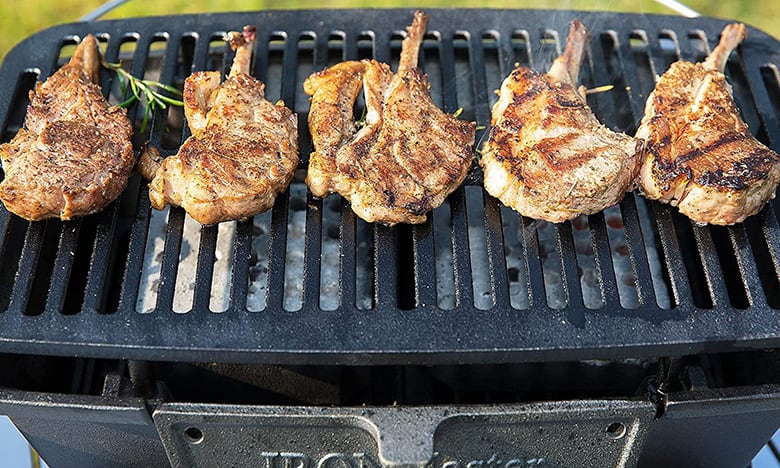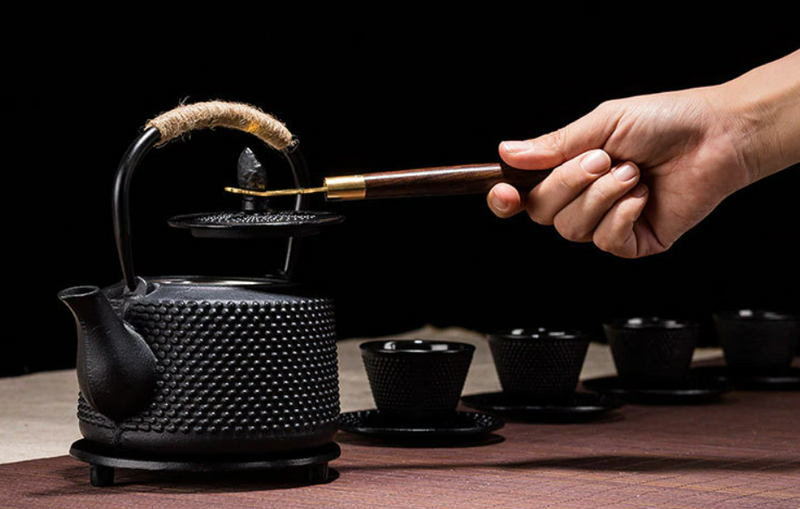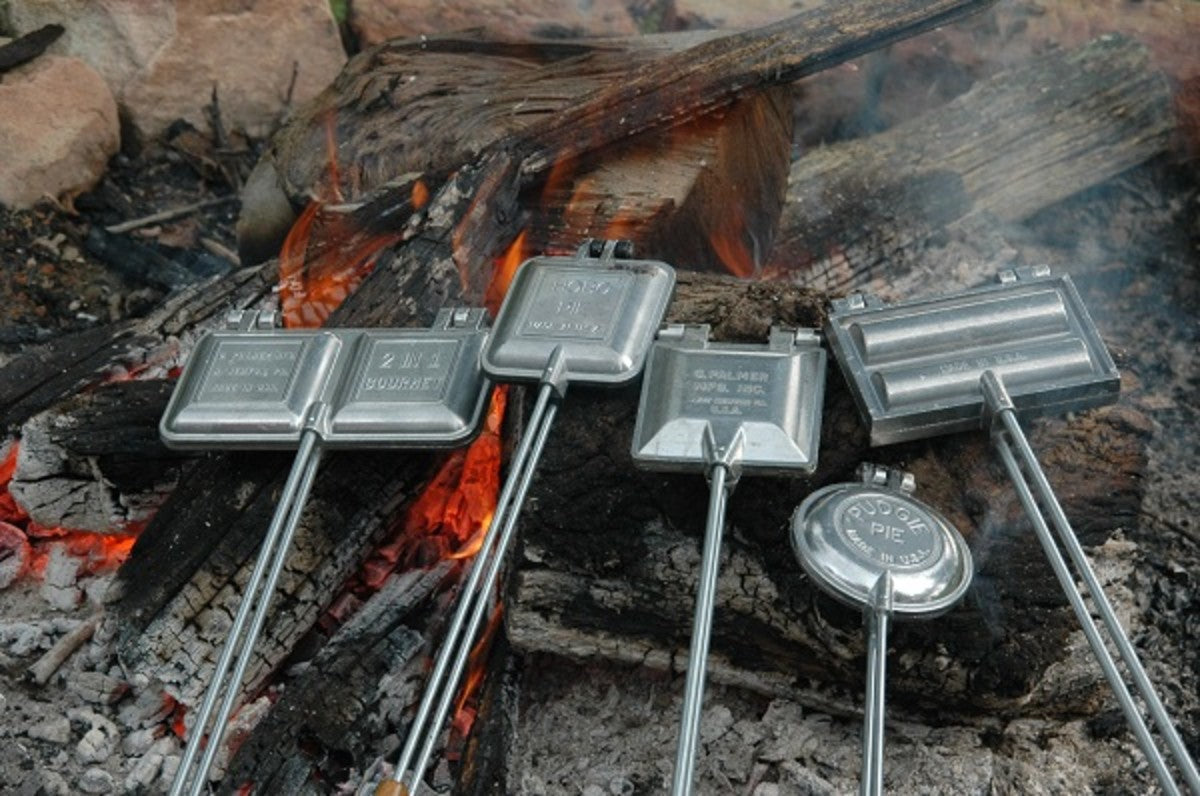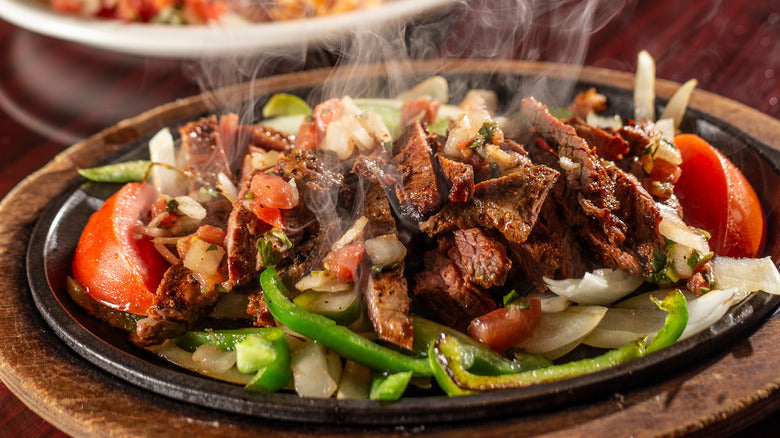Among the many culinary traditions around the world, the Hibachi grill holds a unique place. Its story is not just about a cooking device but unveils a rich tapestry of culture, community, and culinary innovation. This in-depth look into the history and tradition behind the Hibachi grill caters to kitchen professionals who pride themselves on their understanding of global cuisine.
Originating in Japan, the word 'Hibachi' translates to 'fire bowl,' depicting its original designa round container with an open top for charcoals to sit. These initial versions of the grill were more about providing warmth during cold days. However, as time evolved, the Hibachi grill transitioned into a fixture for cooking, bringing flavors and families together.

The Evolution of Hibachi Grilling
The first documented use of the Hibachi grill dates back centuries. Initially, it served as a portable heating device before transforming into a culinary staple. As kitchen professionals, understanding this progression can inspire how we utilize and innovate traditional cooking methods in modern culinary arts.
What makes the Hibachi grill distinct is its ability to cook at a high temperature using direct heat. With the integration of modern metals, the design evolved from simple ceramics to complex metal structures, enhancing its efficiency. Additionally, its impact on Japanese culture and diet was profound, encouraging the incorporation of fresh vegetables and lean proteins, a precursor to todays health-centric meal preparations.
The Hibachi Experience: More Than Just Grilling
Today, the Hibachi grill is synonymous with entertainment dining. It's not merely a method of food preparation but an experience where chefs transform cooking into a performance. This tradition has become globally renowned, offering a spectacle of skill and precision where the aroma tantalizes as flames dance in coordinated elegance.
Chefs focusing on this culinary art use the Hibachi grill to not only nourish but create memories. These communal meals serve a larger purpose beyond sustenancethey build bonds, making them a cherished tradition in various cultures worldwide.
Learning from Tradition in Modern Kitchens
For kitchen professionals, embracing the history of the Hibachi grill offers insights into its functionality and adaptability in today's kitchens. As modern dining trends lean towards interactive experiences, Hibachi grilling provides inspiration as it perfectly blends the theatrical with the flavorfula concept further explored in this How to Use a Hibachi Grill Guide.
Comparisons to Other Grills
To sharpen our grasp of the Hibachi grills uniqueness, comparing it with other grill styles such as the Takoyaki pan can be beneficial. This demonstrates how Hibachi uniquely combines portability with power, a feature crucial in cooking set-ups that require versatile equipment.
Understanding the differences allows chefs to select the right equipment for their intended recipes, a critical skill in professional kitchens. For a deeper dive, explore the nuances of Hibachi vs. Teppanyaki grills.
Maintaining Cultural Connections
The cultural significance of the Hibachi grill hinges on its ability to unite people over shared meals. Its historical fabric ties together generations of families and friends, attributing a universal identity to this culinary art form. In today's globalized kitchens, revisiting these age-old traditions provides rich context and builds respect for the historical journey of culinary tools.
For kitchen professionals, these connections are vital. They remind us of our role in preserving and innovating culinary historya principle embedded in the culinary arts. By incorporating traditional tools like the Hibachi grill into modern kitchens, professionals create lasting impacts on food culture and connect deeply with the origins of diverse cuisines.
Conclusion: The Timeless Appeal of Hibachi
The history and tradition behind the Hibachi grill illustrate how much more a cooking tool can become when it carries with it the stories of its journey. Embracing its rich heritage allows kitchen professionals to draw from a well of inspiration and add layers of authenticity to their culinary creations.
Explore further into how you can incorporate traditional methods into modern cuisine by studying the unique attributes of the Tagine, another tool with a deep-rooted cultural past and see how traditional culinary arts can inspire contemporary cuisine.

FAQs
What is the main difference between Hibachi and other grills?
Unlike other grills, the Hibachi grill uses direct charcoal heat, focusing on high-temperature cooking which sears quickly and locks in flavors.
How has the Hibachi grill influenced modern grilling techniques?
The Hibachi grills design has inspired portable grilling and the concept of integrating cooking with entertainment, a growing trend in contemporary meat and vegetable preparations.
Where can I learn more about using a Hibachi grill?
For a detailed guide on using a Hibachi grill, you can visit this comprehensive beginner's guide which covers everything from initial setup to advanced techniques.
This article contains affiliate links. We may earn a commission at no extra cost to you.






Leave a comment
This site is protected by hCaptcha and the hCaptcha Privacy Policy and Terms of Service apply.